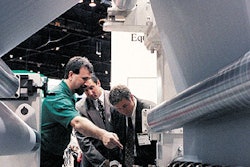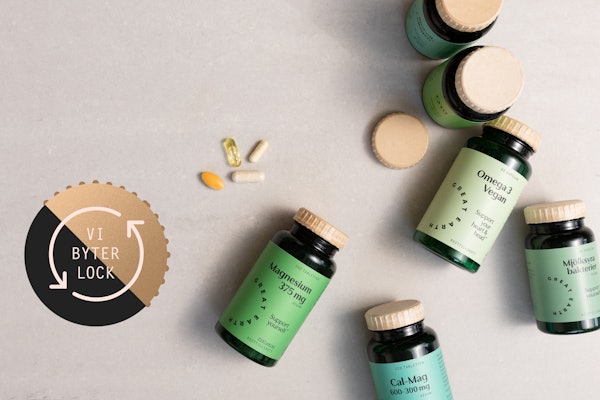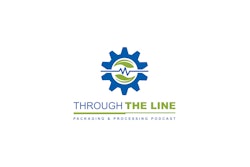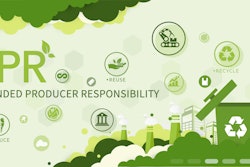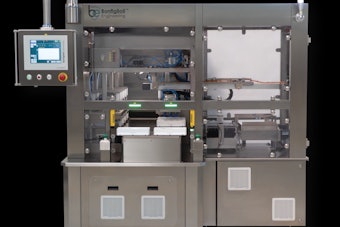The U.S. government has issued the challenge: Within 12 weeks of the Centers for Disease Control and Prevention providing a sample, can we create 10 million doses to inoculate early responders?
Can we create the vaccines using a mobile, disposable platform that can be sent anywhere in the world at a moment's notice, versus at a bricks-and-mortar facility that could fall prey to anthrax, bomb, or missile attack?
While much attention was given to developing the vaccines, packaging was completely ignored. Are these vaccine doses in glass vials, plastic blow/fill/seal containers, or prefilled syringes? And will these be placed in trays, cartons, or cold shippers? Are we planning on stocking and shipping these primary packages/delivery systems to the vaccine-processing site? Will doses be distributed individually or in batches?
Will we be able to offer instructions/warnings in any language or do we have a "universal" approach using pictograms?
And what about the packaging machinery needed to protect and distribute the doses? We get 12 weeks to make sure the machines running these trays, cartons, and cases are shipped to the right place, reassembled, tested, and made ready to package. If these machines happen to end up in Saudi Arabia, are the recipes on the Human Machine Interface in English? And what about validation?
Will enough cartons or cases for 10 million doses be stored for quick response? After years in storage will the materials still run? Or will they need to be periodically replaced?
It is possible all these packaging-related questions have been considered and factored into the tests, but I did not hear a word. I sincerely hope this is not another case of packaging being excluded from discussions until it's too late to offer any significant creative input. [HCP]
--By Jim Chrzan, Publisher
Can we create the vaccines using a mobile, disposable platform that can be sent anywhere in the world at a moment's notice, versus at a bricks-and-mortar facility that could fall prey to anthrax, bomb, or missile attack?
While much attention was given to developing the vaccines, packaging was completely ignored. Are these vaccine doses in glass vials, plastic blow/fill/seal containers, or prefilled syringes? And will these be placed in trays, cartons, or cold shippers? Are we planning on stocking and shipping these primary packages/delivery systems to the vaccine-processing site? Will doses be distributed individually or in batches?
Will we be able to offer instructions/warnings in any language or do we have a "universal" approach using pictograms?
And what about the packaging machinery needed to protect and distribute the doses? We get 12 weeks to make sure the machines running these trays, cartons, and cases are shipped to the right place, reassembled, tested, and made ready to package. If these machines happen to end up in Saudi Arabia, are the recipes on the Human Machine Interface in English? And what about validation?
Will enough cartons or cases for 10 million doses be stored for quick response? After years in storage will the materials still run? Or will they need to be periodically replaced?
It is possible all these packaging-related questions have been considered and factored into the tests, but I did not hear a word. I sincerely hope this is not another case of packaging being excluded from discussions until it's too late to offer any significant creative input. [HCP]
--By Jim Chrzan, Publisher




